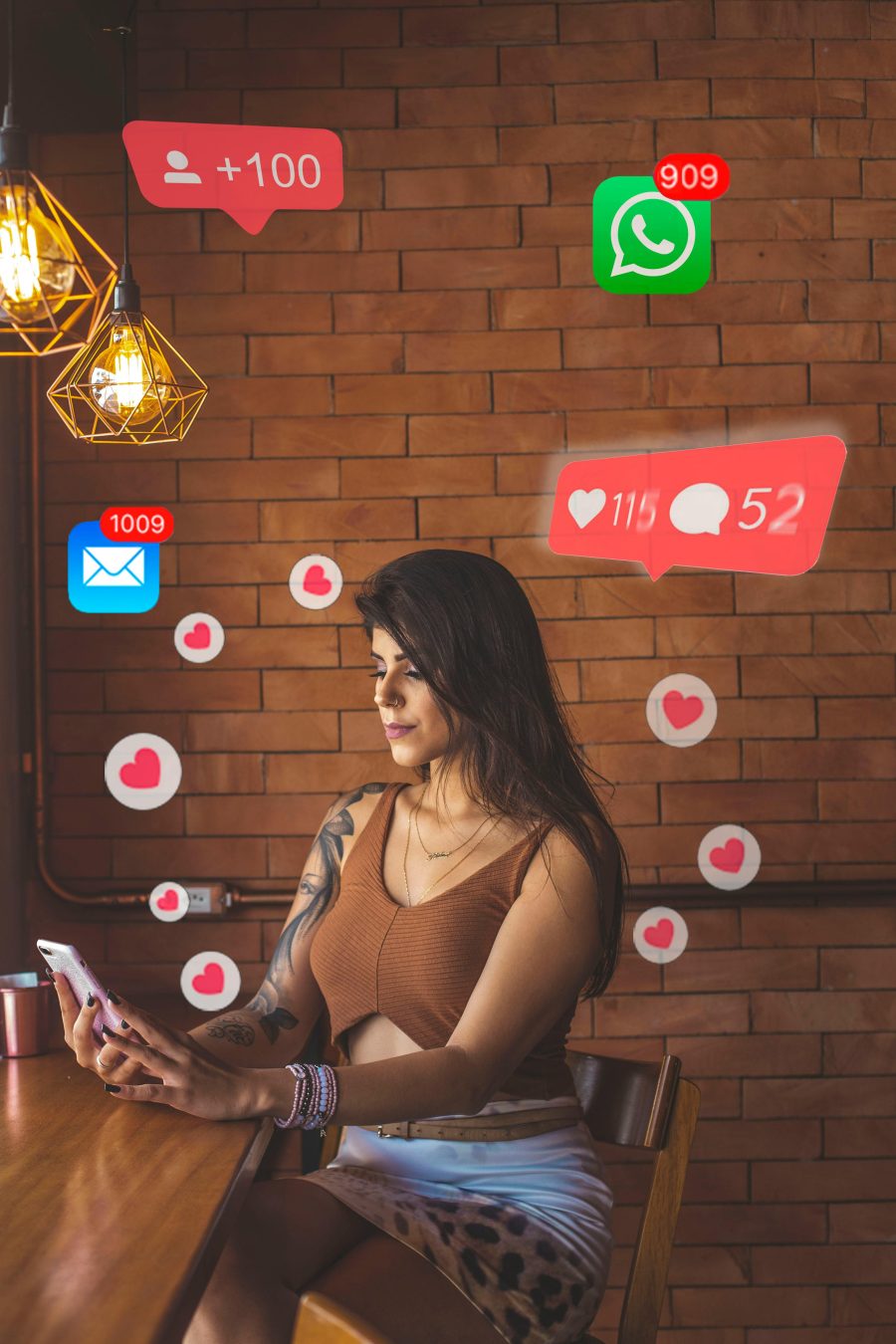Each of us, on modern social media, exposes a carefully managed “digital self.” Be it on Instagram, putting up pictures of a fantastic vacation, updating LinkedIn about the achievements of your work, or shooting witty comments on Twitter, there are several different faces shown. But these “identity masks” – apart from presentations of self – are, in fact, answers to the audiences and social pressures. Social media have fragmented our identities and brought up some questions about “authenticity.”.
From “Frontstage” and “Backstage” to “Digital Masks
Erving Goffman, in his book The Presentation of Self in Everyday Life, came up with the terms “frontstage” and “backstage.” The frontstage is the way we present ourselves to the outside world; the backstage is our private, real self. In the digital world, this distinction is particularly vibrant: We put up perfect-life snapshots on Instagram but share the unfiltered parts of our lives in private chats.
For example, popular influencer Negin Mirsalehi regularly shares photos of her glamorous life and professional successes on Instagram. Her feed is filled to the brim with gorgeous pictures of travels, fashion looks, and brand collaborations—certainly a carefully contrived frontstage. Just like most influencers, she will occasionally let her followers in on some behind-the-scenes insight or personal reflection through Stories or live sessions with her audience, showing a less controlled, more candid side that contrasts with her polished posts.


“Authenticity” as a Strategy
Digital identity is often carefully crafted authenticity. Many content creators now try to expose a “real” side of themselves in an attempt to gain audience trust and relatability. For example, YouTuber Emma Chamberlain often exposes herself without filters, wearing casual clothes and showing real emotions in her videos. This “authentic” approach draws her closer to her followers, though this authenticity is itself, to a degree, worked out.

On social media, many people now begin to play the imperfections card in order to gain attention. This performative authenticity looks easy-going, yet it’s still strategic. For example, on TikTok, some users engage in “no filter” challenges in order to display their unfiltered selves as a means of gaining trust with their followers. It does make one wonder if this is all just a sincere outburst or a contrived attention-seeking device.
The digital world opens before us all possibilities of self-presentation, yet it also befuddles the question of identity. Since we present different versions of ourselves on each platform, which is the real self? And in this world of filters and carefully constructed narratives, perhaps it is time for us to pause and ask: Whose expectation is being fulfilled here by us? How much of it actually reflects us? 🤔

Reference List
- Chamberlain, E. (YouTube Channel). Retrieved from [https://www.youtube.com/channel/EmmaChamberlain]
- Goffman, E. (2023). The presentation of self in everyday life. In Social theory re-wired (pp. 450-459). Routledge.
- Mirsalehi, N. (Instagram Profile). Retrieved from [https://www.instagram.com/negin_mirsalehi/]


influencers like Negin Mirsalehi and Emma Chamberlain highlight how authenticity can shape audience perception. I acknowledged how the real parts influencers share are still controlled, blurring the line between genuine connection and strategic image making.
Your question about which version of ourselves is the real one feels especially relevant, considering the pressure to meet different audience expectations across platforms. Do you think the performative authenticity trend risks making genuine self expression feel inauthentic, or does it offer people a way to balance connection with self protection in digital age?